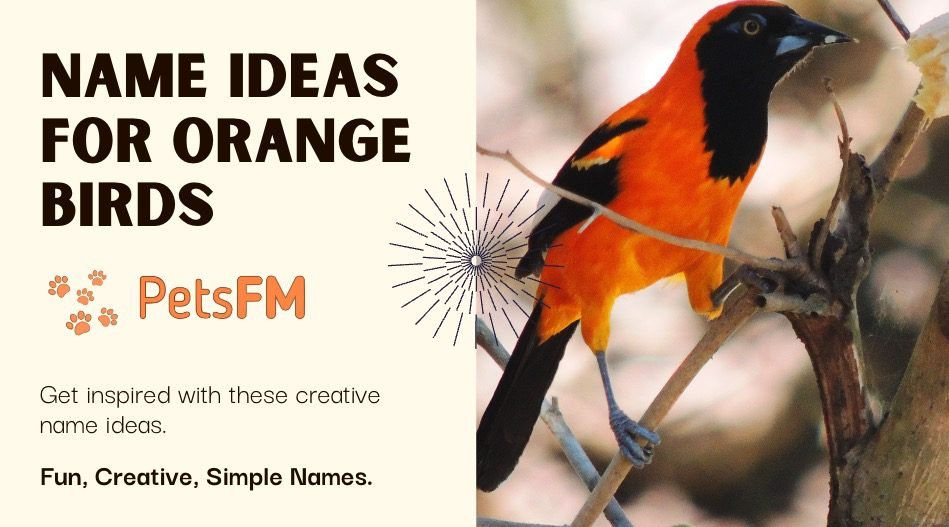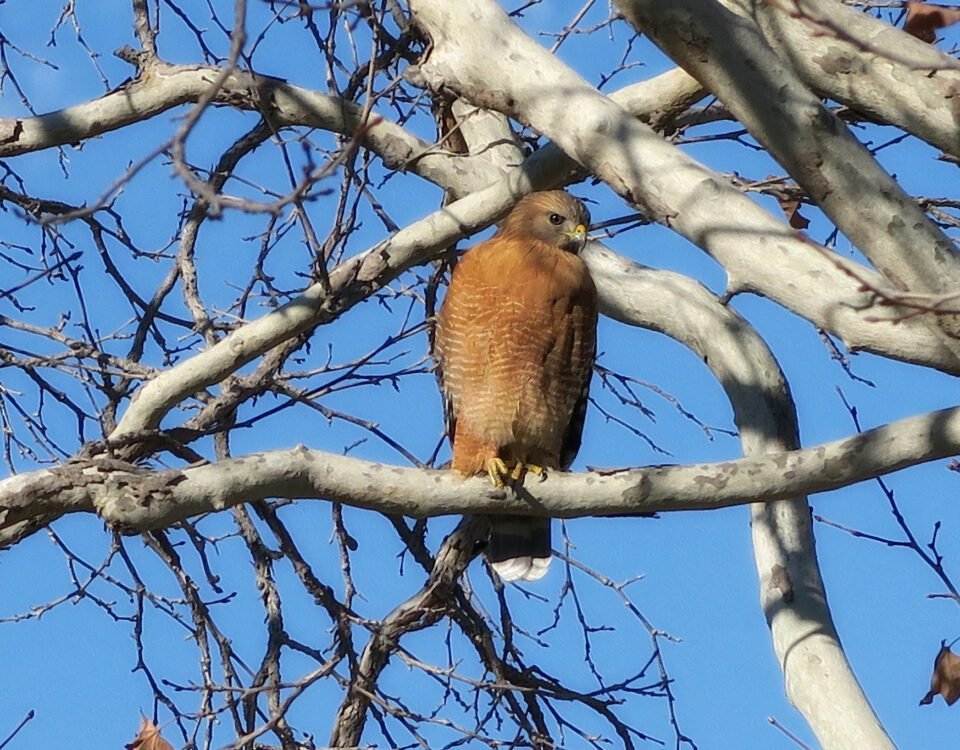


12 reasons why your dog hangs their heads low [+solutions]
December 31, 2023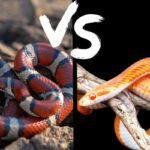


Milk Snake Vs. Corn Snake | Which is Best For Beginners?
January 3, 2024With their remarkable ability to navigate vast distances and display intricate behaviors, birds have long captivated human curiosity. One aspect of their biology that often goes overlooked is their sense of smell. Contrary to popular belief, many bird species possess a keen sense of olfaction, which is crucial to their survival.
This sense is not just about detecting predators or finding mates, but it is also essential in locating food. From seabirds that can smell fish from miles away to carrion birds catching decaying matter, the olfactory abilities of birds are diverse and surprisingly sophisticated.
This article explores how birds use their sense of smell to find food, challenging the long-held assumption that birds rely solely on vision and sound for this crucial task.
Can Birds Smell Food?
Yes, many birds have a developed sense of smell, which is vital for locating food. Species like seabirds use it to find fish, while others detect fruits or carrion from afar. This ability varies widely among different bird species.
Understanding Bird Senses
Most birds brag a highly developed sense of sight, a trait rooted in their evolutionary origins from reptilian eyes. This advanced visual capability is primarily found in some herbivorous birds and birds of prey, allowing them to focus on distant objects effectively.
On the other hand, the general belief is that most birds possess a relatively weak sense of smell, with only a select few species exhibiting well-developed olfactory glands.
Notable examples include kiwis, certain seabirds, vultures, and parrots. With their more pronounced sense of smell, these birds have a somewhat developed sense of taste.


Amazon Parrot
Contrary to human reliance on smell, most birds do not heavily utilize this sense. Odors, whether from food, potential mates, prey, or predators, are quickly dispersed by the wind, reducing their utility for these creatures.
Similarly, the sense of taste in birds, which is linked to their sense of smell, is also less critical for their survival and daily activities.
Therefore, in response to whether birds can smell food, it’s accurate to say yes, but with the understanding that this ability is not widespread or highly developed in most bird species. Their sense of taste is similarly less pronounced compared to other senses.
Which Bird Has The Best Sense Of Smell?
Certain bird species stand out for their exceptional sense of smell. These include:
- Turkey Vultures: Perhaps the most renowned for their olfactory abilities, turkey vultures can detect the scent of carrion from miles away, making them highly efficient scavengers.
- Albatrosses and Petrels: These seabirds have a highly developed sense of smell, which they use to locate fish and squid over vast oceanic distances.
- Kiwis: These unique, flightless birds from New Zealand have nostrils at the end of their long beaks and rely heavily on their sense of smell to find food, mainly invertebrates, in the dark.
- New World Vultures: Besides turkey vultures, other species in this group, like the black vulture and Andean condor, have a keen sense of smell that aids in finding carrion.
- Pigeons: While not as celebrated for their olfactory abilities, pigeons have a good sense of smell and use it for navigation and locating food.
- Parrots: Some parrot species, like the kea, use their sense of smell to find specific types of food, though this sense is less pronounced than in some other birds.
- Fruit Doves and Some Fruit-Eating Birds: These birds use their sense of smell to locate ripe fruits in dense forests.
Do Birds Use Sight Or Smell To Find Food?
Most birds primarily rely on sight to locate their food. They often soar or perch in high places, like treetops, to survey their surroundings and spot potential food sources.
Due to their small size and warm-blooded nature, birds require frequent feeding to maintain their energy levels, making them adept hunters with a keen eye for food.
Birds also have an impressive memory, which helps them remember locations where food is abundant. They are attuned to environmental changes, which might signal new feeding opportunities.
However, there are significant exceptions to this general rule. Some bird species have a highly developed sense of smell, which they use as a primary means of locating food.


Carrion birds, such as vultures, are prime examples of this. Their olfactory senses are so refined that they can be compared to those of dogs, enabling them to detect and feed on dead animals.
In addition to sight and smell, sound plays a crucial role in how birds find food. Research indicates that birds communicate with each other through movements and vocalizations to signal the presence of food.
When a bird discovers a food source, it often calls out to others, leading them to the area. This communication strategy allows birds to forage more efficiently, as they can quickly gather where food is available.
While sight is the predominant sense for most birds in hunting for food, smell, and sound are significant and vary across different bird species, each adapted to their unique ecological niches.
How Do Birds Catch Food?
Birds use a variety of fascinating methods to capture their food:
- Black-billed Magpies: These birds often feed on ticks found on moose and deer. They might consume these ticks immediately or stash them away for later.
- Peregrine Falcons: Known for their dramatic hunting technique, Peregrine Falcons dive at incredibly high speeds from great heights to snatch their prey, often making a swift and decisive impact with the ground.
- California Gulls: These gulls have a unique way of foraging cherries. They dislodge the cherries from their branches, causing them to fall to the ground, where they then swoop down to eat them.
- Jays: Resourceful in their feeding habits, jays are known to steal wasp nests. They transport these nests to a safe spot, using their beaks to extract wasp larvae while firmly holding the nest with their feet.
- Ring-billed Gulls: These gulls drop tough-to-crack food from the air onto hard surfaces, breaking them open for easier consumption.
- Ravens and Crows: These intelligent birds often drop hard nuts onto roads, relying on passing cars to crack them open.
- Opportunistic Feeding: Some birds, including ravens, crows, and various gulls, are known to scavenge food from humans or even steal from other birds.
How Do You Make Birds Find Your Garden Feeder?
Birds are naturally adept at locating food sources, so if you’re new to bird feeding and haven’t yet attracted any feathered friends, don’t be discouraged. Even if you’ve observed birds in your area, it might take a while for them to notice and frequent your newly installed feeder.
While some feeders might attract birds within hours, it’s common for it to take several days or even weeks for local birds to discover your feeder.


Different Types of Birdfeeders
Expecting to see these delightful creatures at your feeder can be challenging, but here are a few simple tips to help entice birds and ensure they become regular visitors.
1: Scatter Seeds Around Your Yard
To attract birds, spread seeds around your feeder and throughout your yard. Birds primarily use their sight to find food, so visible birdseed can be an effective lure. This strategy may lead birds to stumble upon your feeder while they search for more seeds in the vicinity.
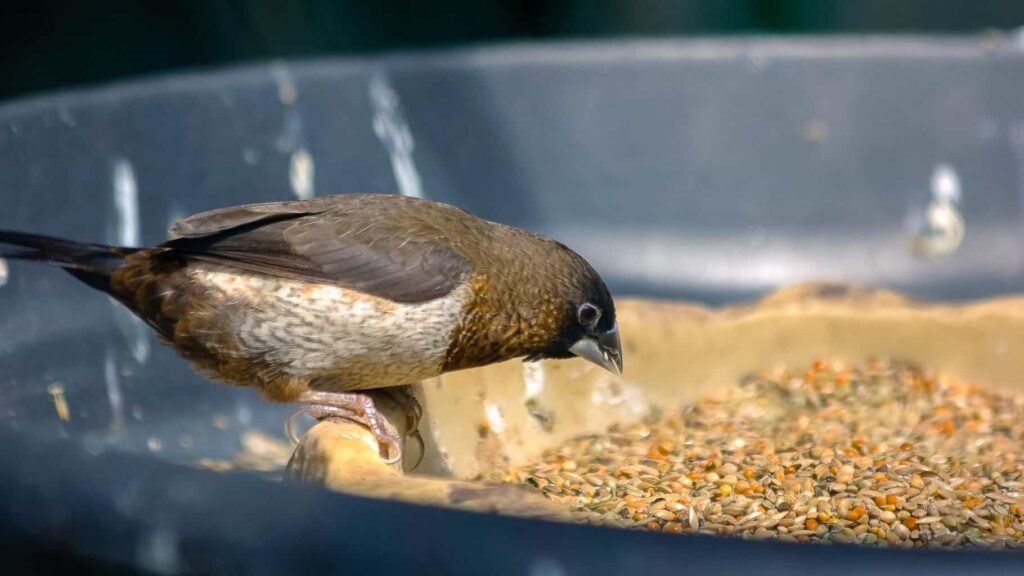

Bird Eating Chia Seeds
2: Keep Bird Feeders Stocked All Year
Birds are constantly looking for food sources, regardless of the season. They might be preparing for migration, feeding their offspring, or simply trying to endure the winter.
Keeping your feeders filled throughout the year’ll attract diverse species as they pass through your area during different seasons.
3: Add a Water Feature
If birds need to notice your feeder quickly, consider adding a water source. Birds need water for drinking and bathing all year long. Like a fountain, a water feature with movement mimics the sound of a flowing stream, which is highly appealing to many bird species.
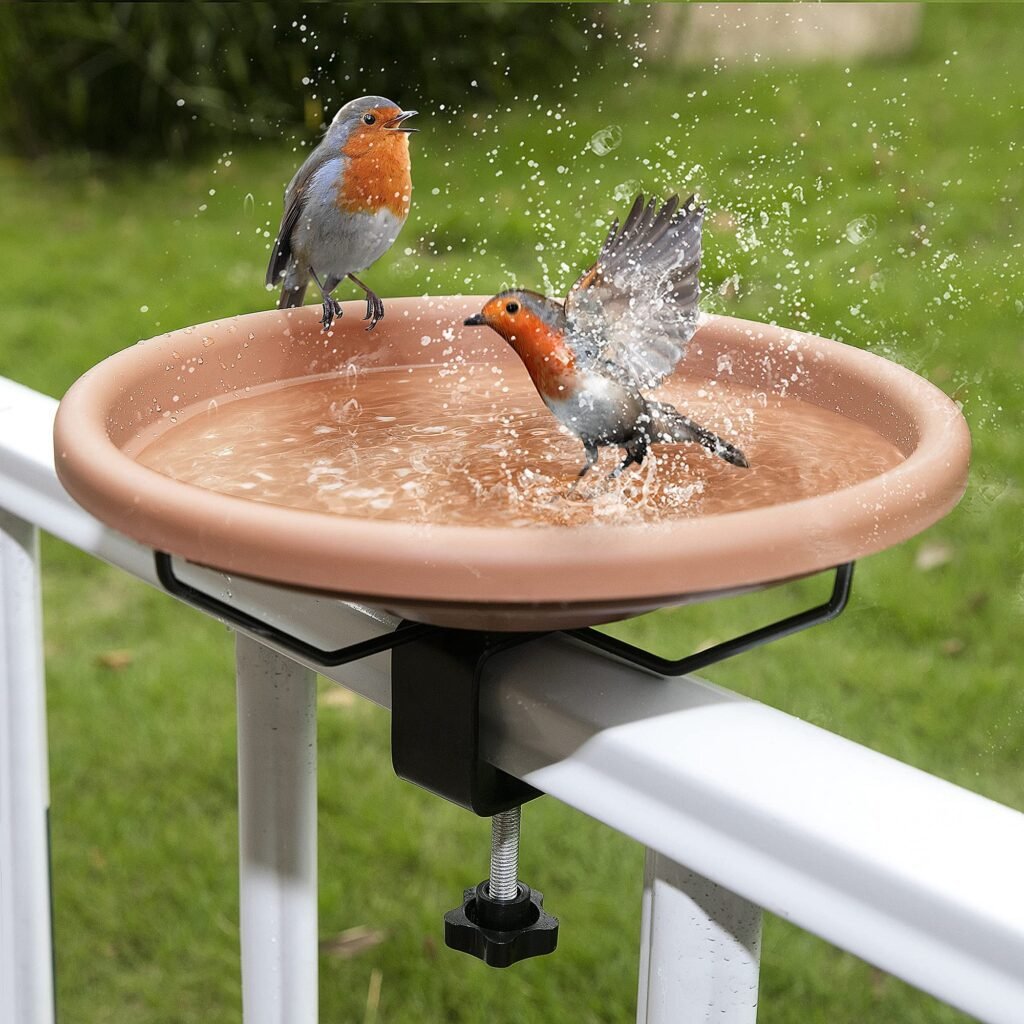

Birdbath
4: Use High-Quality Food in Your Feeder
Stock your feeder with high-energy and varied food items to catch birds’ attention. A mix of seeds, nuts, grains, and dried fruits is particularly enticing to birds and will likely attract a diverse and frequent avian audience.
Conclusion
It’s commonly understood that birds generally have a limited sense of smell. When considering whether birds can smell food, the answer is nuanced: while some species possess this ability, most birds rely on their keen sense of sight to locate food.
Their visual acuity is often complemented by their sensitivity to sound, both of which play a crucial role in their hunting strategies.
However, there are notable exceptions to this generalization. Turkey vultures, for instance, are famous for their exceptional olfactory senses among birds. They can detect and navigate toward food sources, primarily carrion, using their sense of smell. This ability sets them apart from many other bird species, mainly depending on visual cues for foraging.

